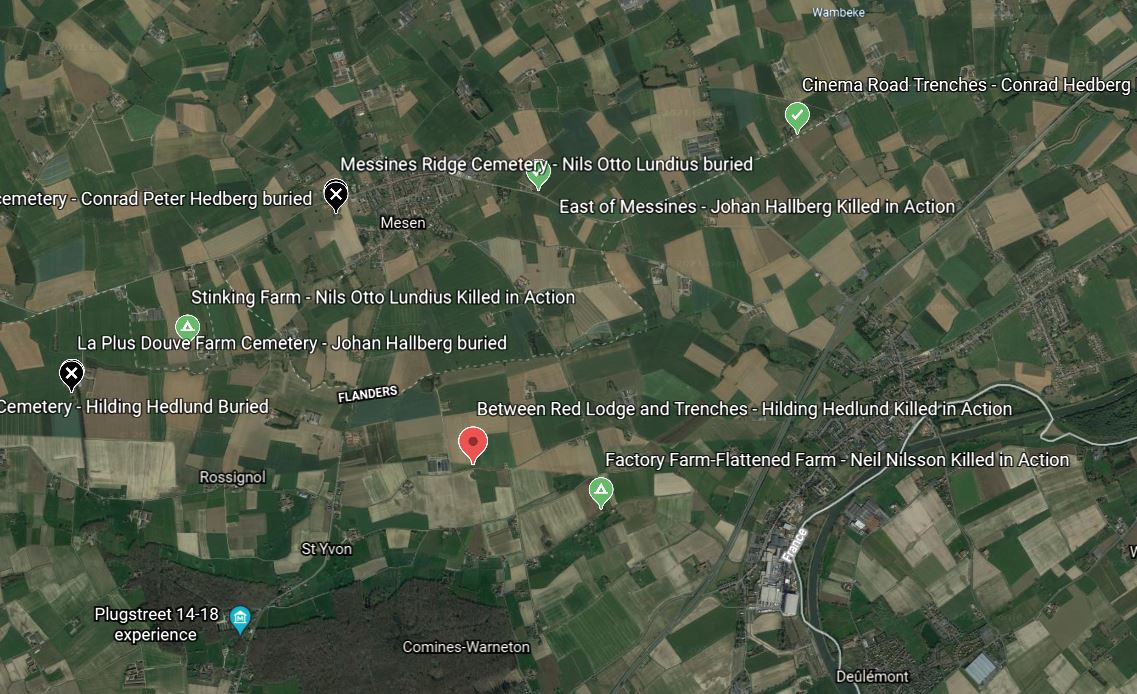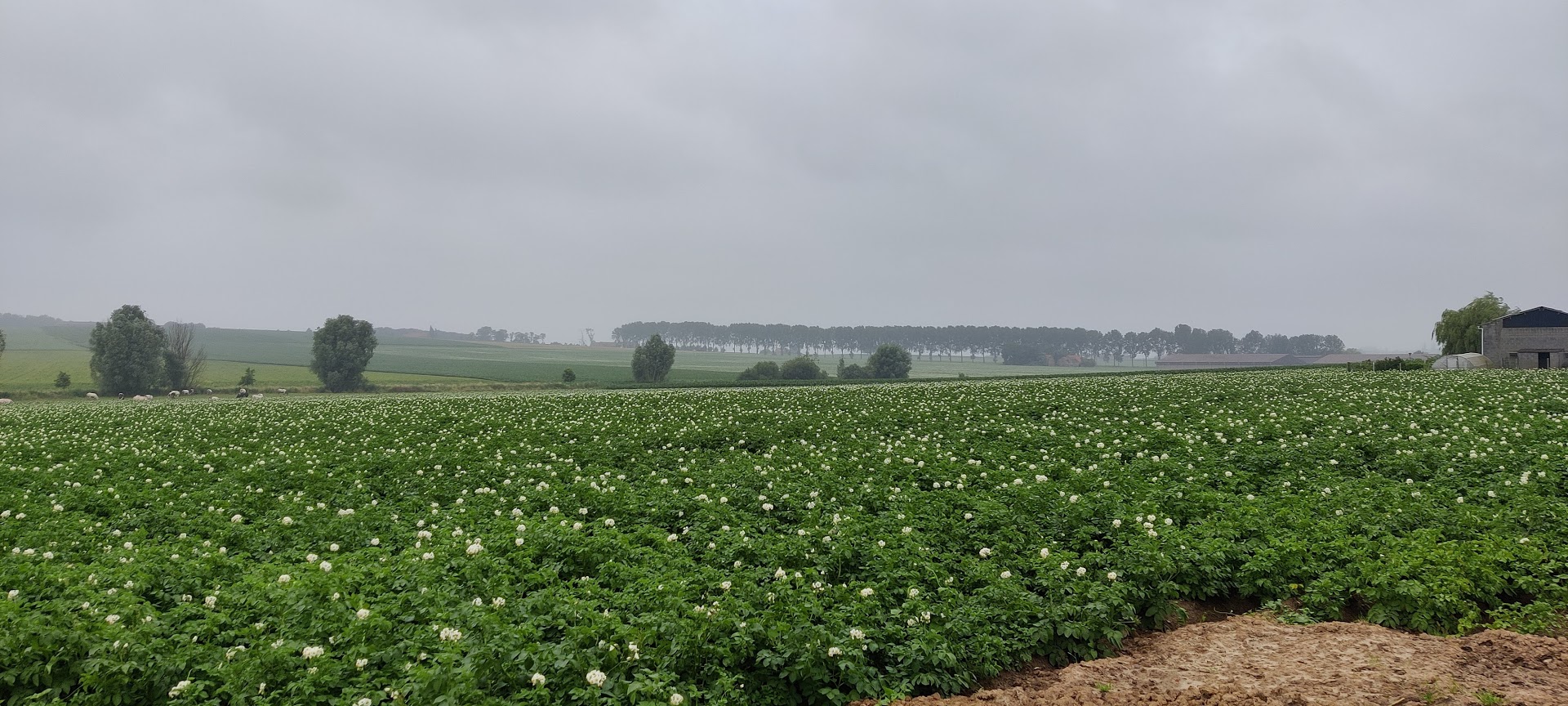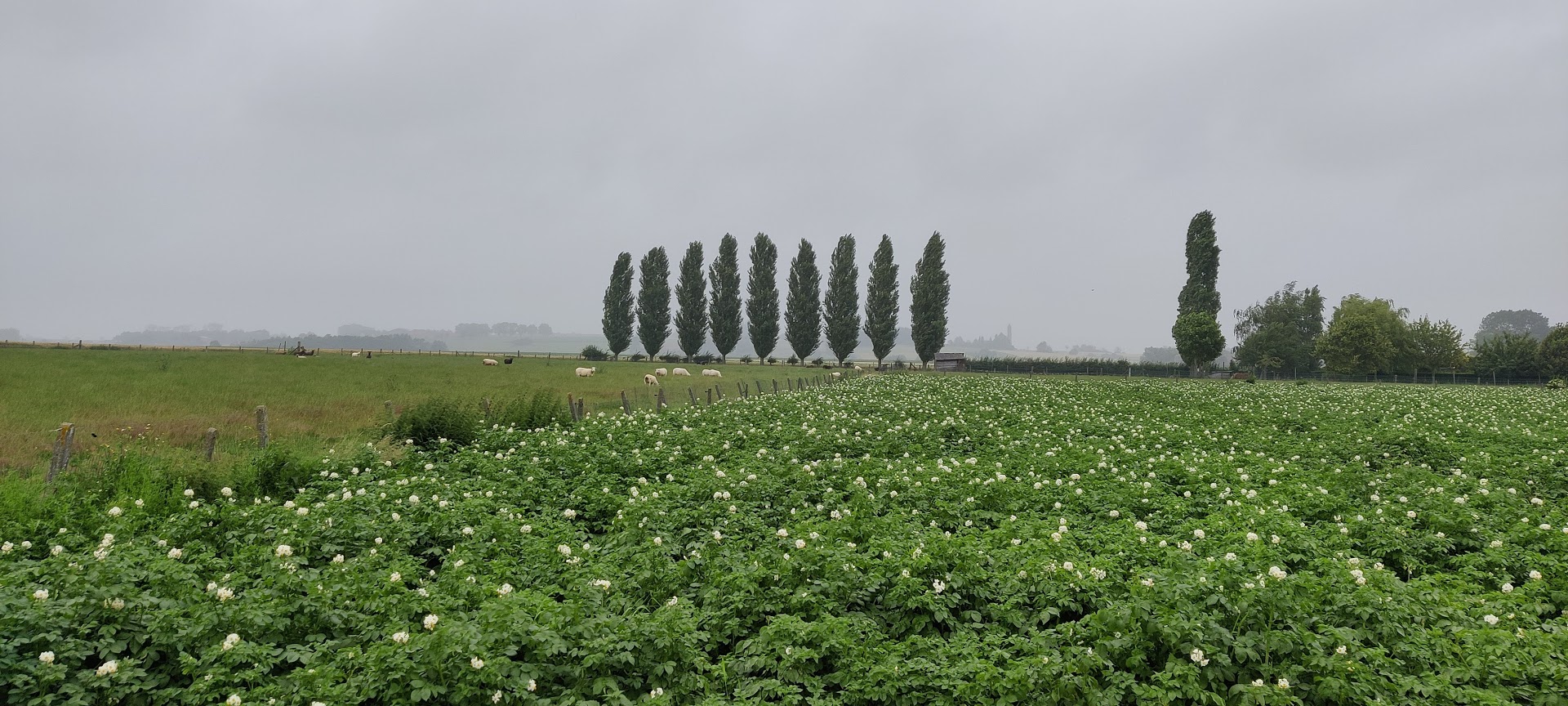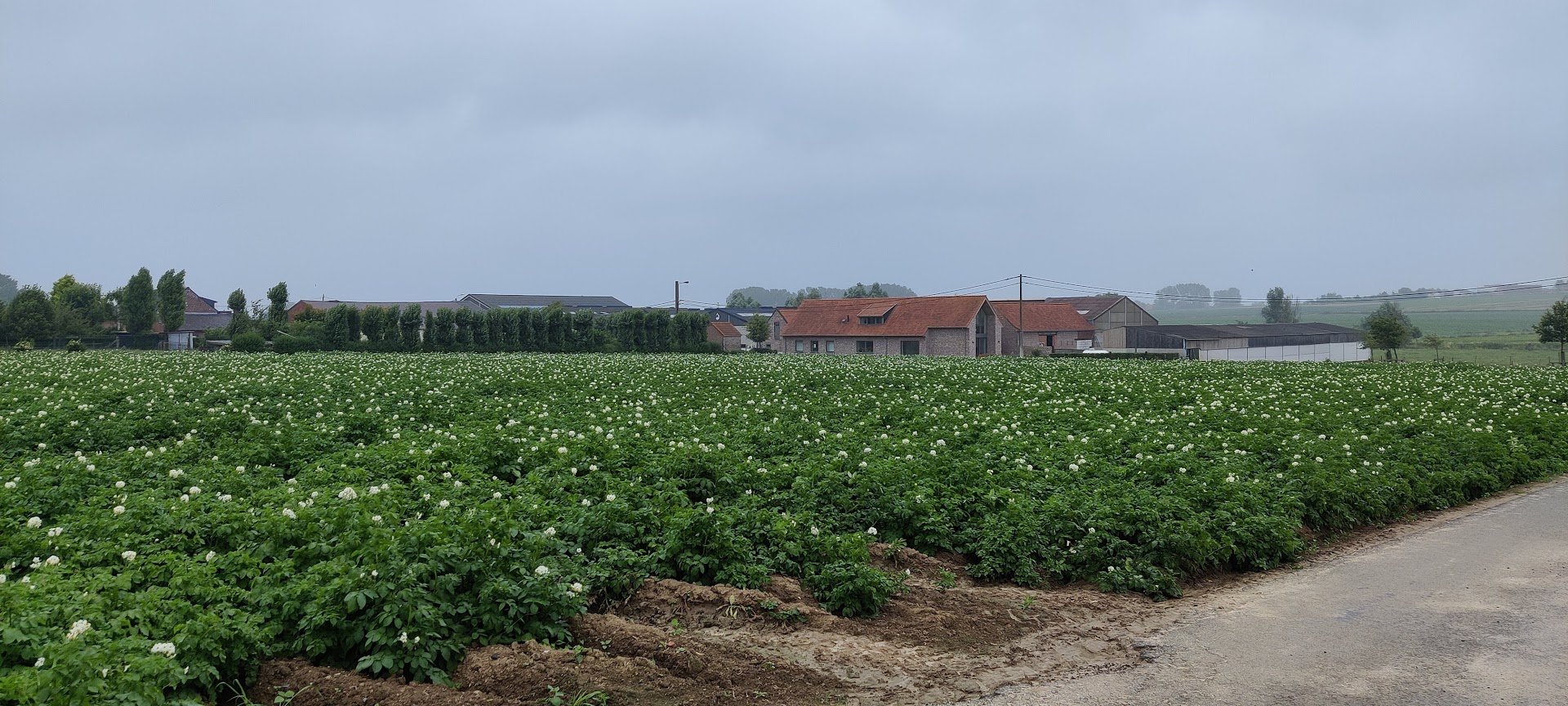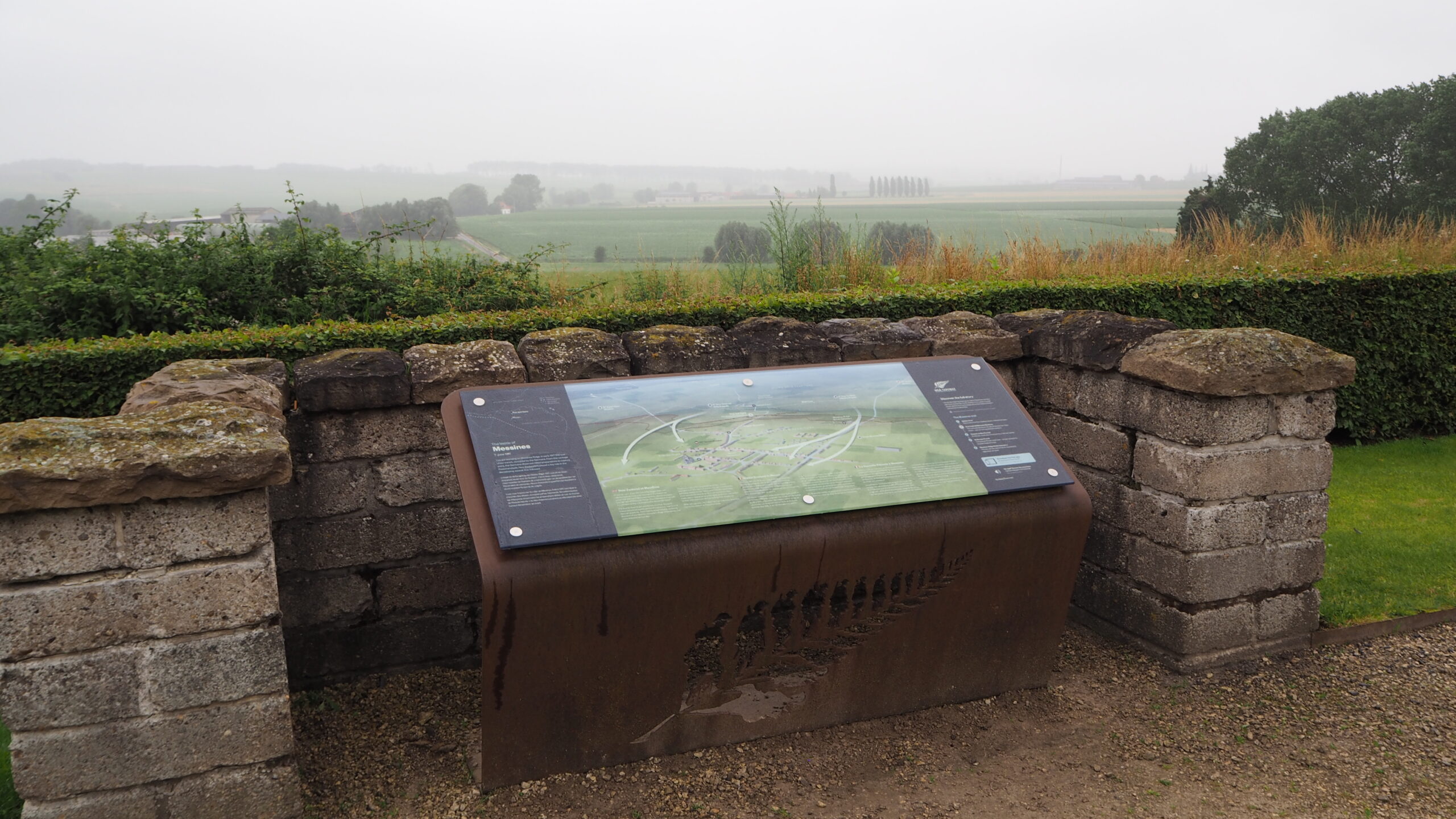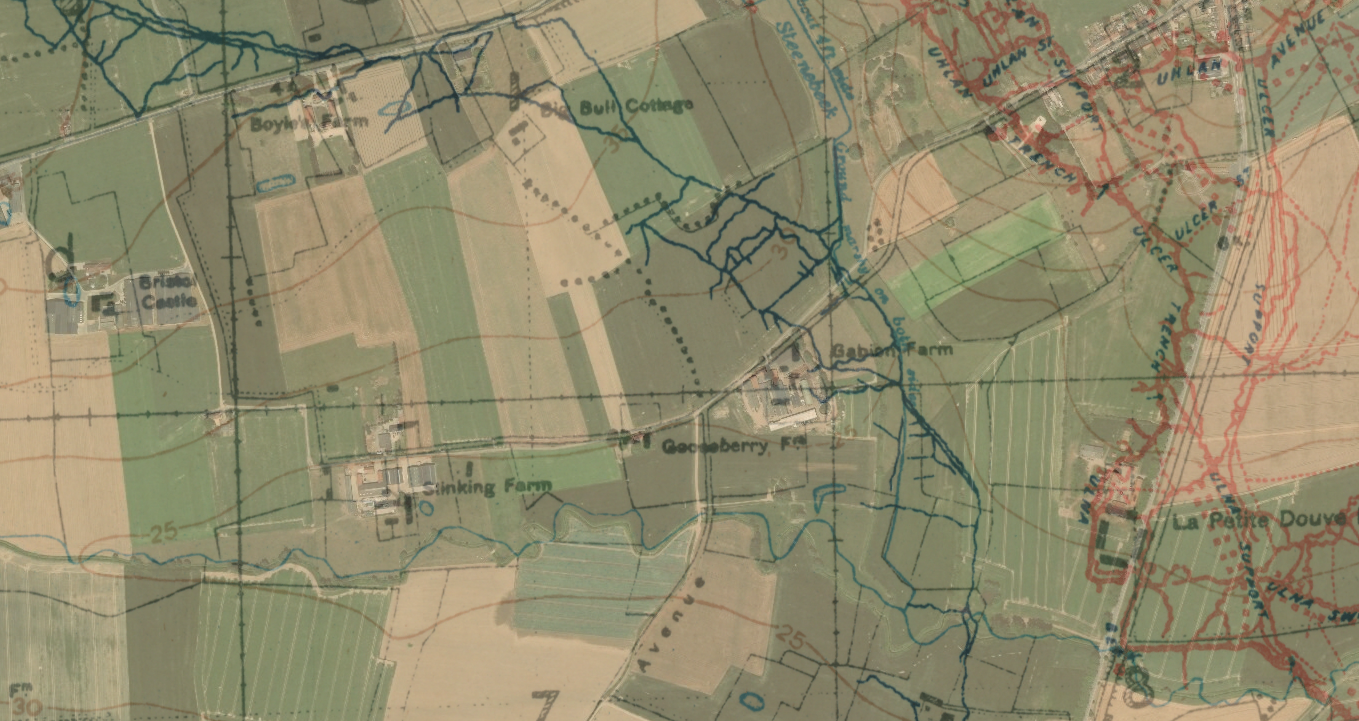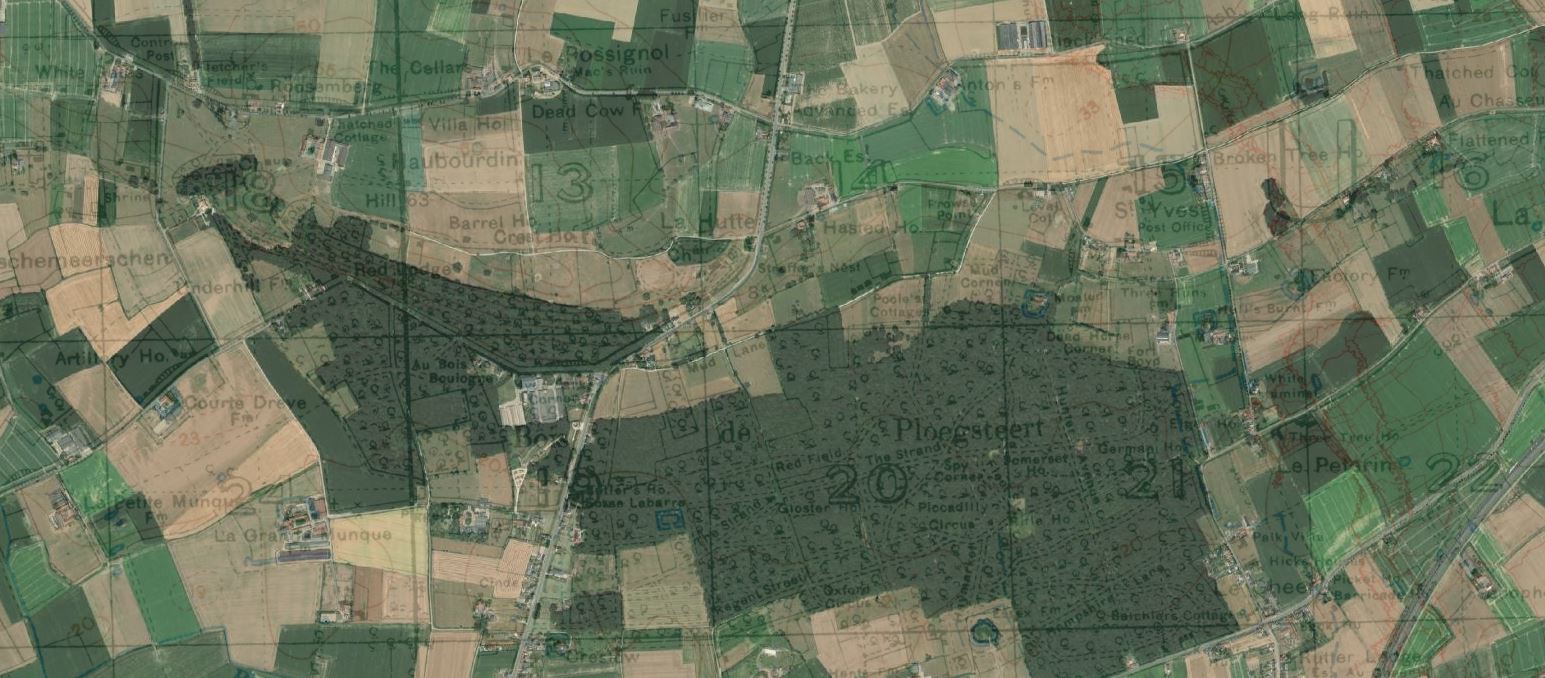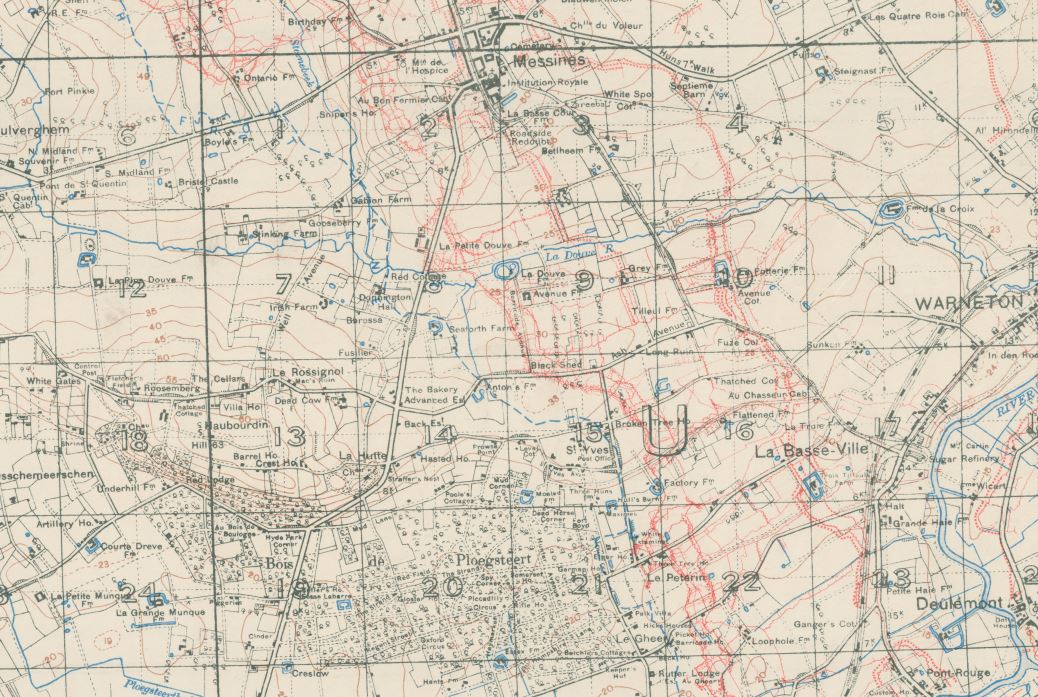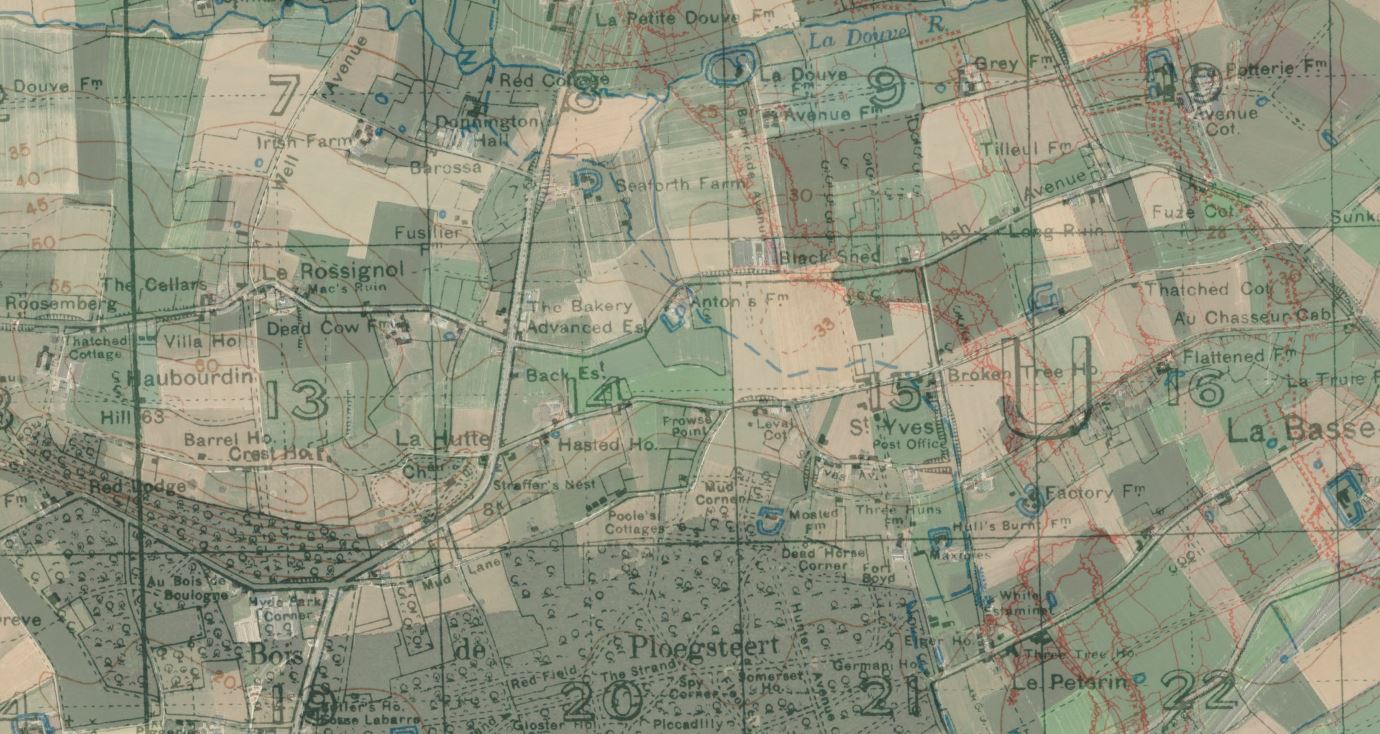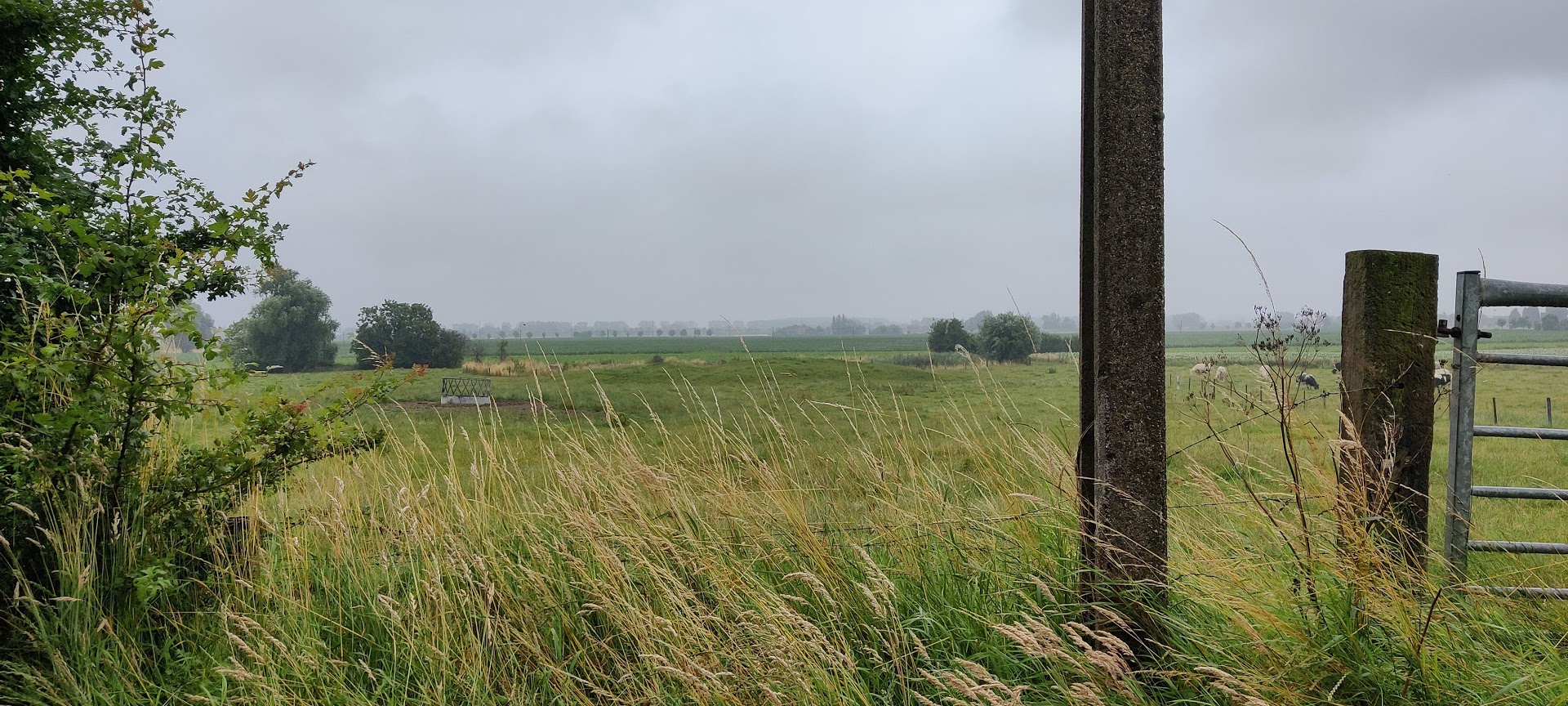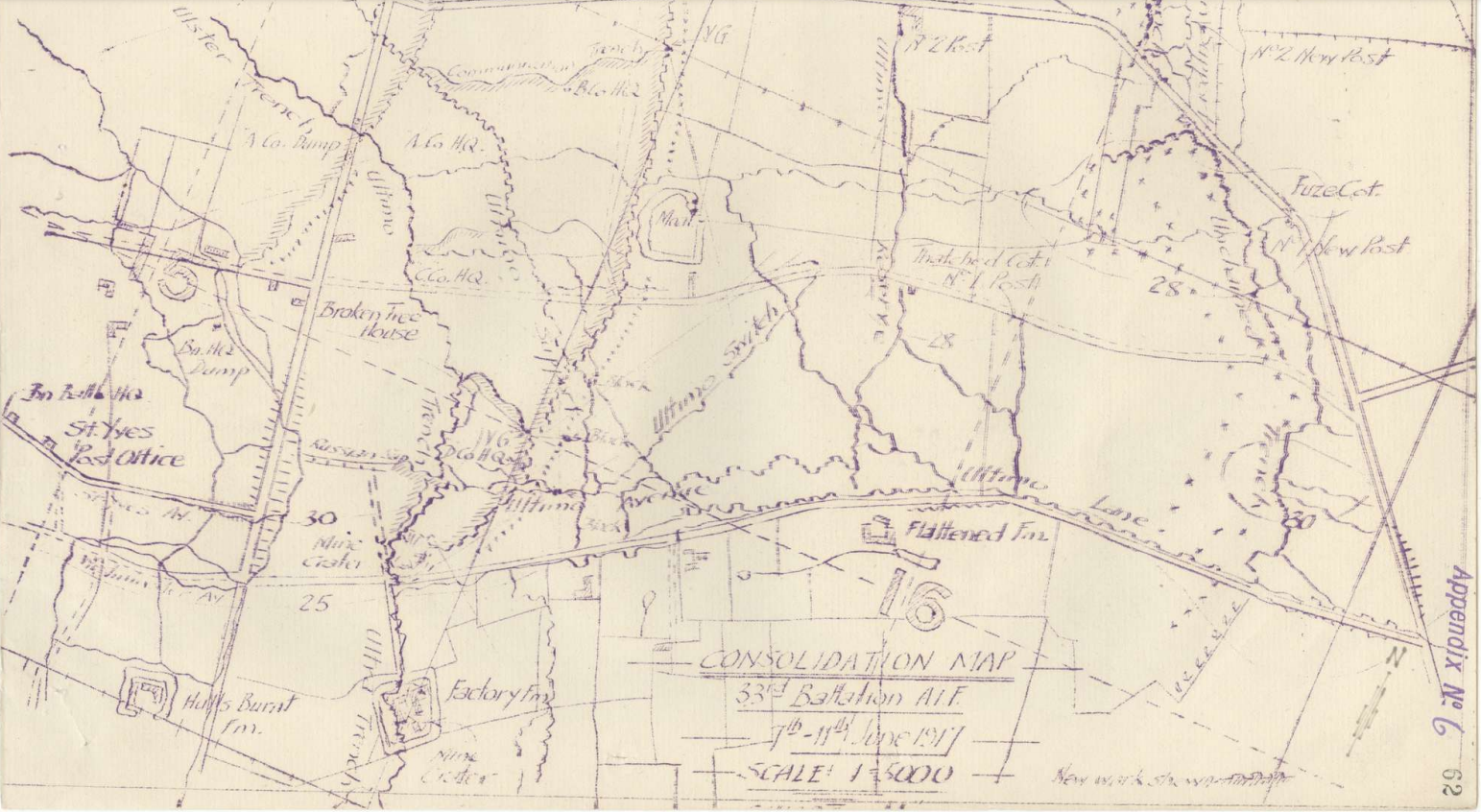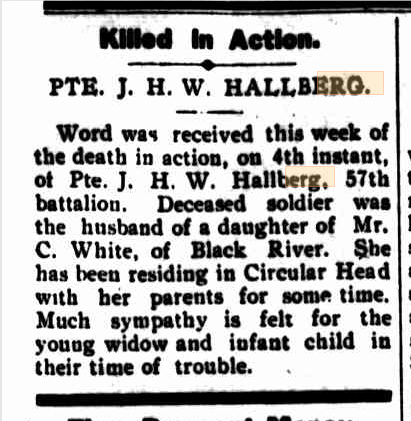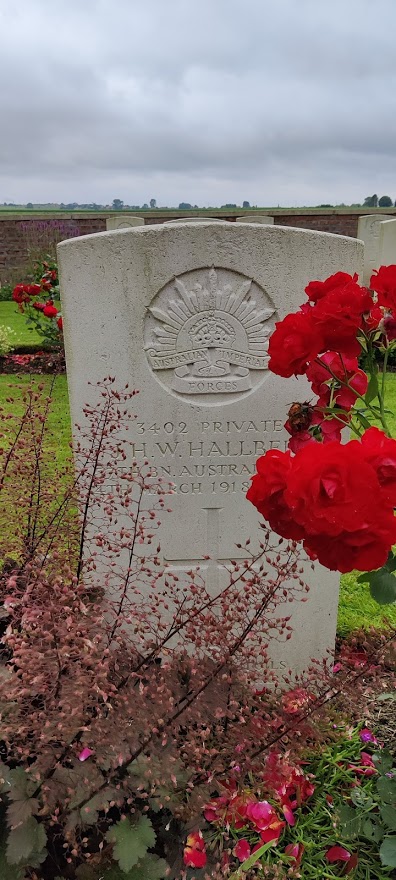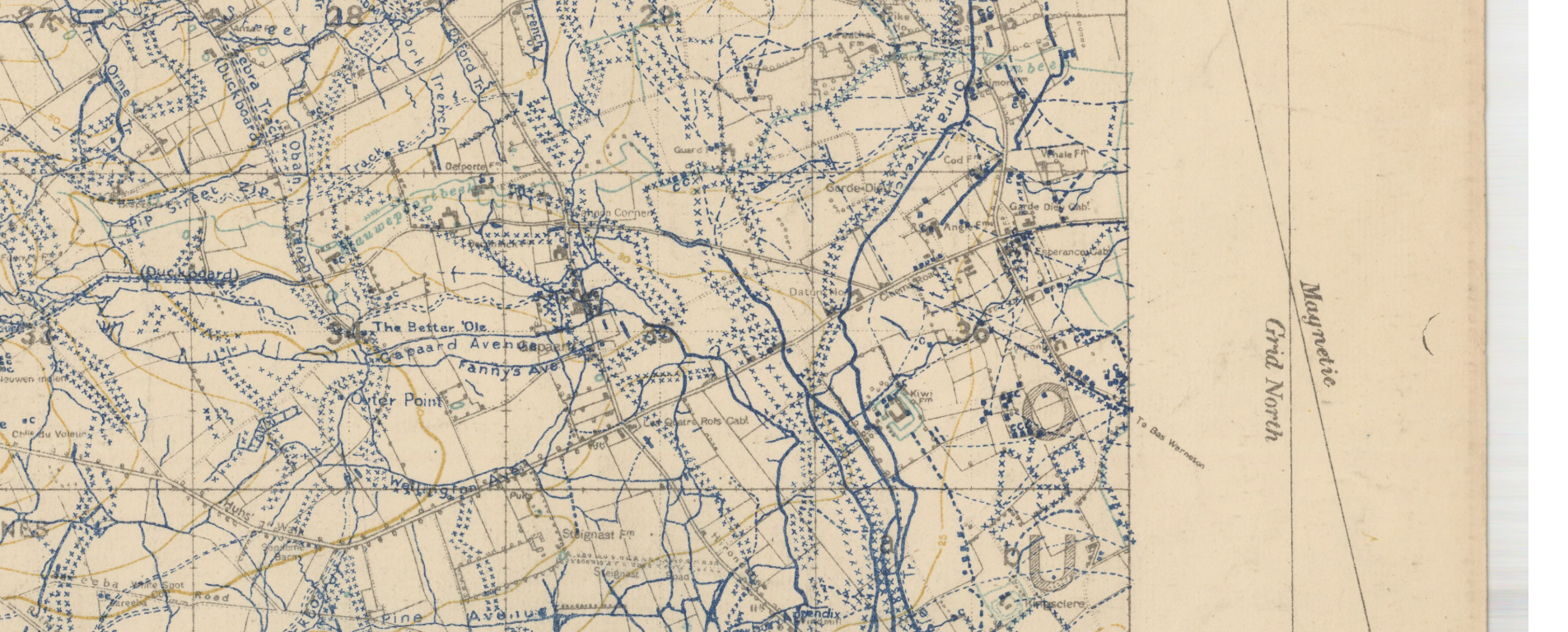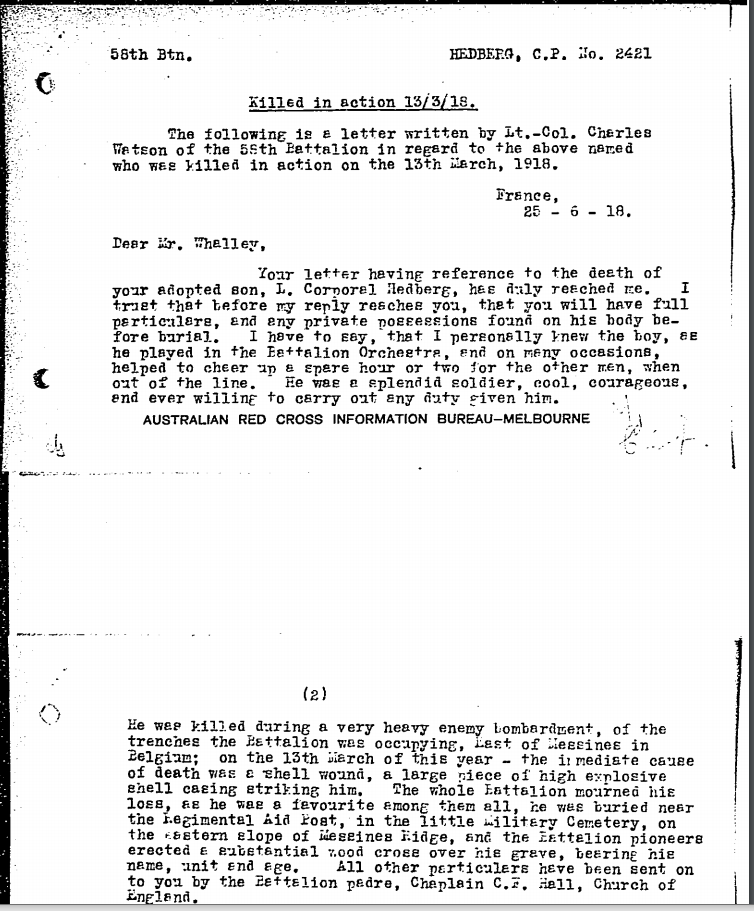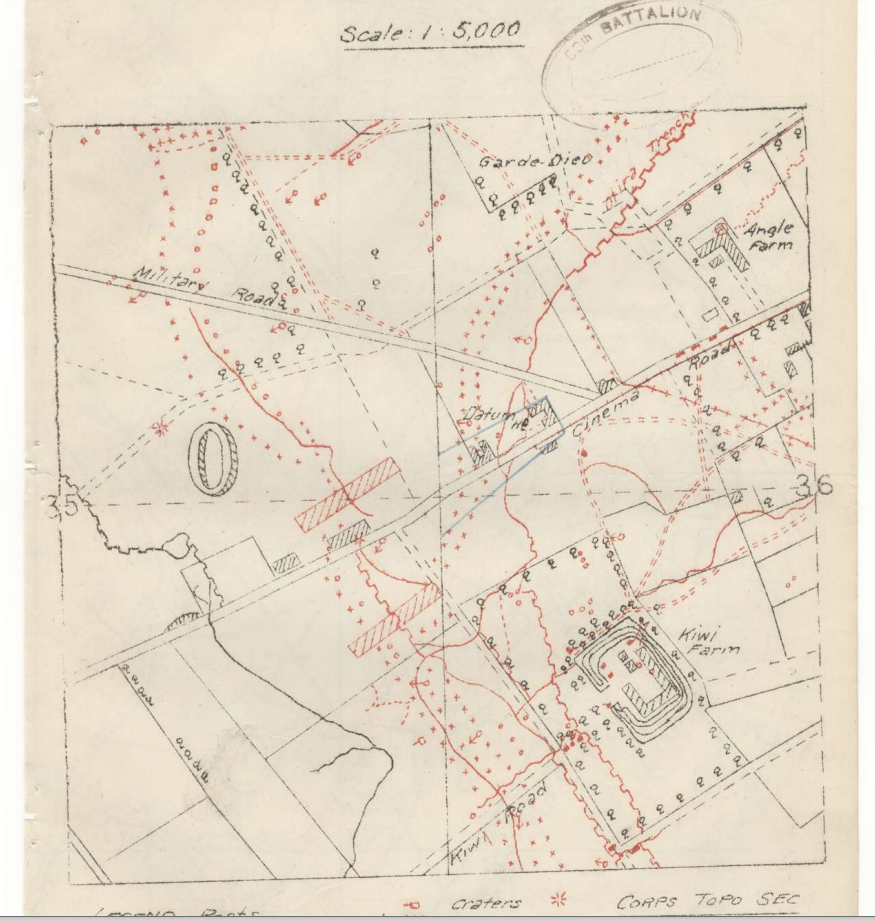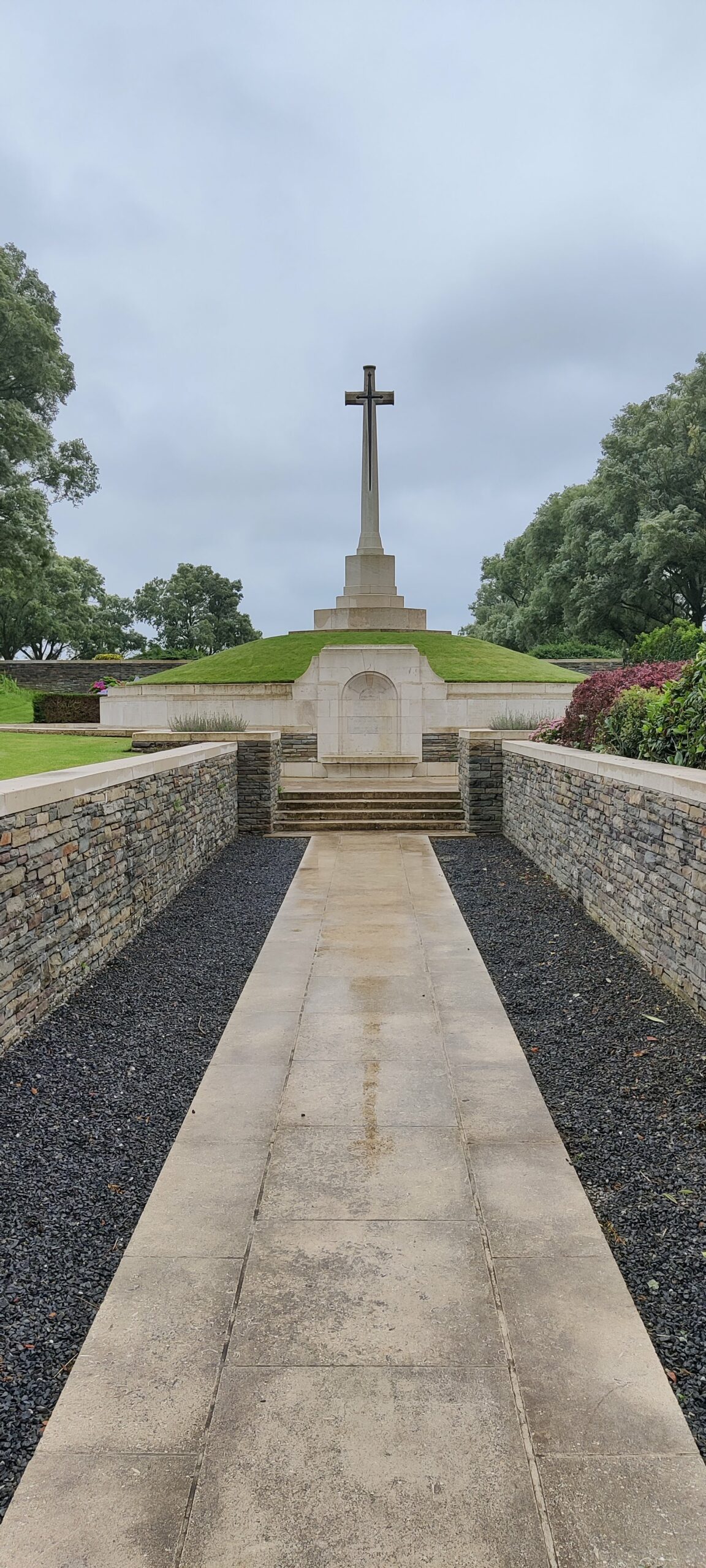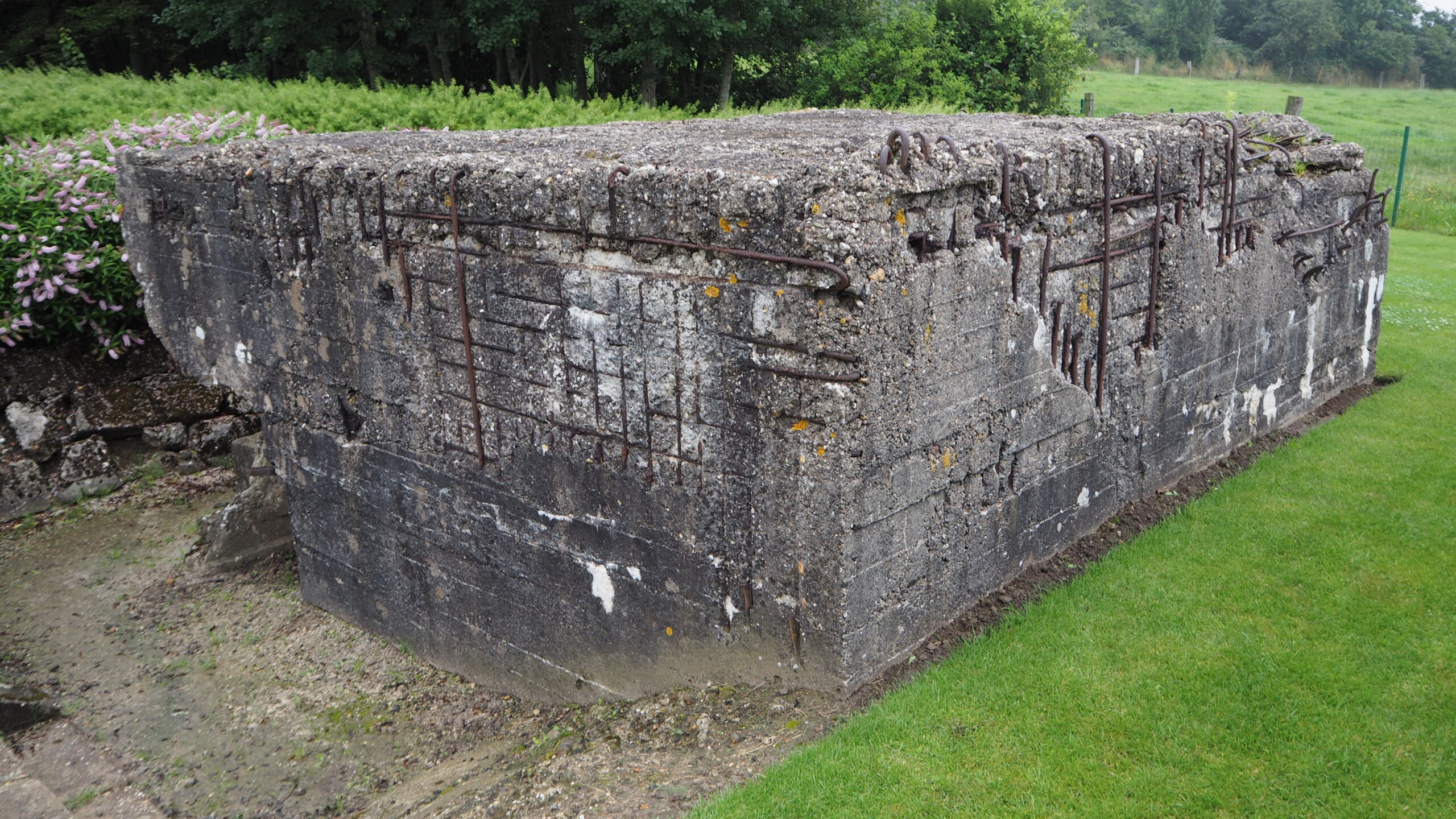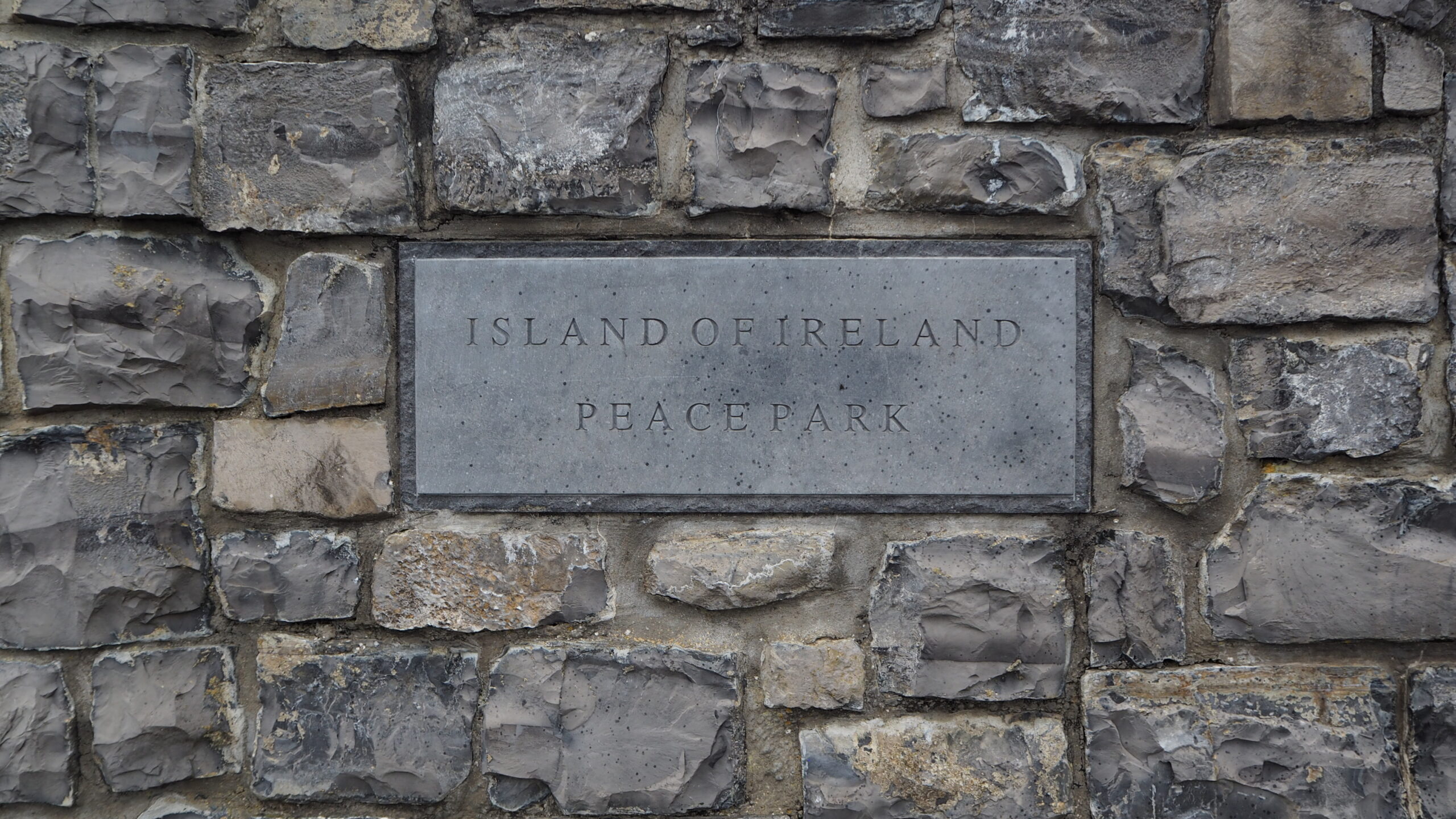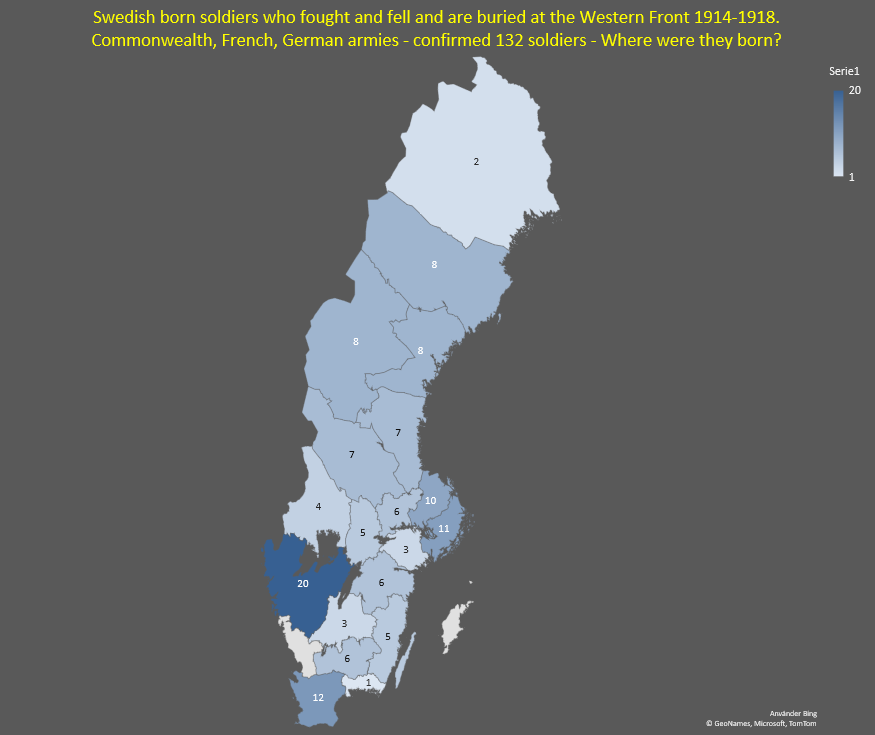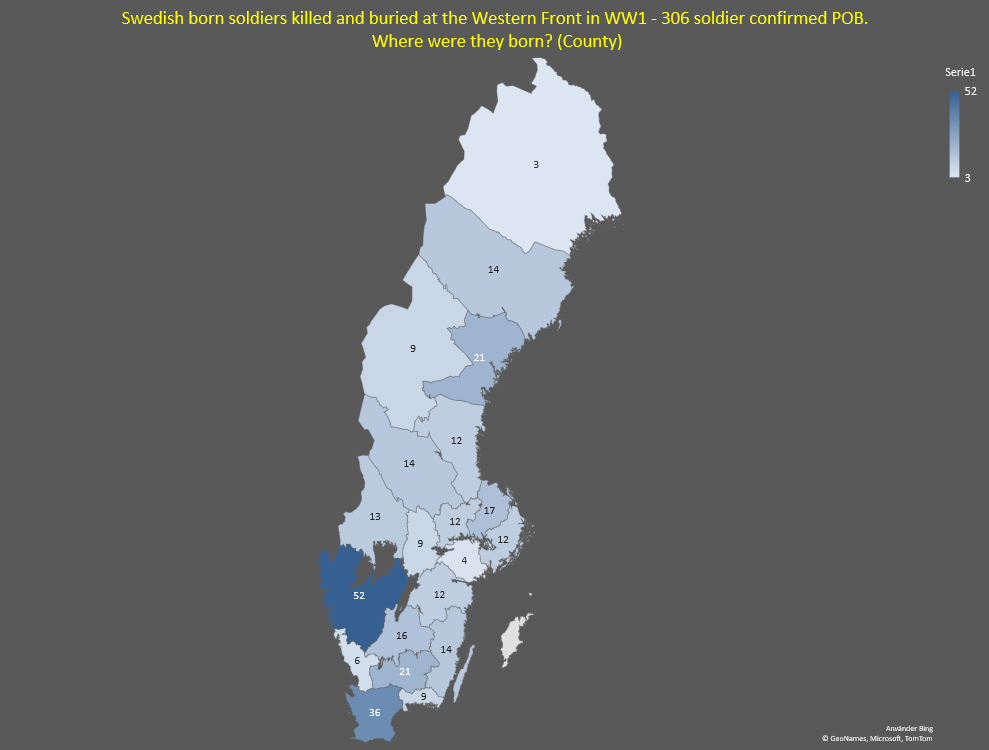For over two years I have been thinking, talking, writing and dreamt about this. To finally start the next phase of my project, to go down to the actual battlefield and visit the sites and areas where the soldiers in my reasearch are assumed to have been fallen, and where they are commemorated or buried.
Finally the day came, and I decided to start the documentation in the area of Messines Ridge, to visit the places of five Swedish soldiers who fought at the Western Front, and sadly fell there.
Please follow me in my foosteps, it was not the best weather today, but we cant have the power over that, nor could the soldiers. Below an area-picture, that maybe makes it a bit easier to follow the pictures below in a more larger context.
Note: The trench maps below may not be from the correct time or period, but shows the terrain at that time.
5015 Pvt Nils Otto Lundius – 45th Infantry battalion AIF – June 7 1917.
Nils Otto Lundius takes part in an attack that starts on June 7, 1917, from the Stinking Farm location, and then through the defense systems to the east. Nils is killed during the first day’s battles, and is buried in Messines Ridge Cemetery just east of this place.
23149 Corporal Hilding Hedlund – 15th Canadian Infantry battalion – December 23 1915.
Hilding was spending his time in December 1915 at the area around Plogsteert Woods, when his unit 15th Canadian infantry battalion was moving between Kortepyp Huts, the Reserve position near Red Lodge area and the trenches, beleived to be around this position. Hilding was killed in action at 23rd of December 1915.
1216 Pvt Neil Nilsson – 33rd Infantry battalion AIF – June 8th 1917.
Neil Nilsson belonged to D Company who were connecting the different lines with communication lines, and it was probably in this area he was killed June 8th 1917, later buried at Plogsteert Wood, but is now mentioned at Menin Gate Memorial.
3402 Pvt Johan Hallberg – 57th Infantry battalion AIF – March 4 1918
Johan Hallberg’s battalion, the 57th battalion, conducts a number of raids to the east, in which Johan is estimated to be killed in March 4th 1918.
2421 Pvt Peter Conrad Hedberg – 58th Infantry battalion AIF – March 13 1918.
Hedberg is killed while serving in the defense systems East of Messines near Cinema Road trenches, when he is hit by a large splinter that cuts one leg and tears another. Conrad does not have time to be taken care of before he dies, and was buried near a casualty clearing station back in the defense system. Conrad died March 13 1918.
It has been very nice to actually be in the terrain and try to “feel it in”, but of course we will never know the exact situation. Maybe get a feeling from it when listening to recordings from those veterans who survived.
The next day I will spend in the area West of Passchendaele, and that time I will try to follow up 12 Swedish soldiers.
Here are some more photos from today.

